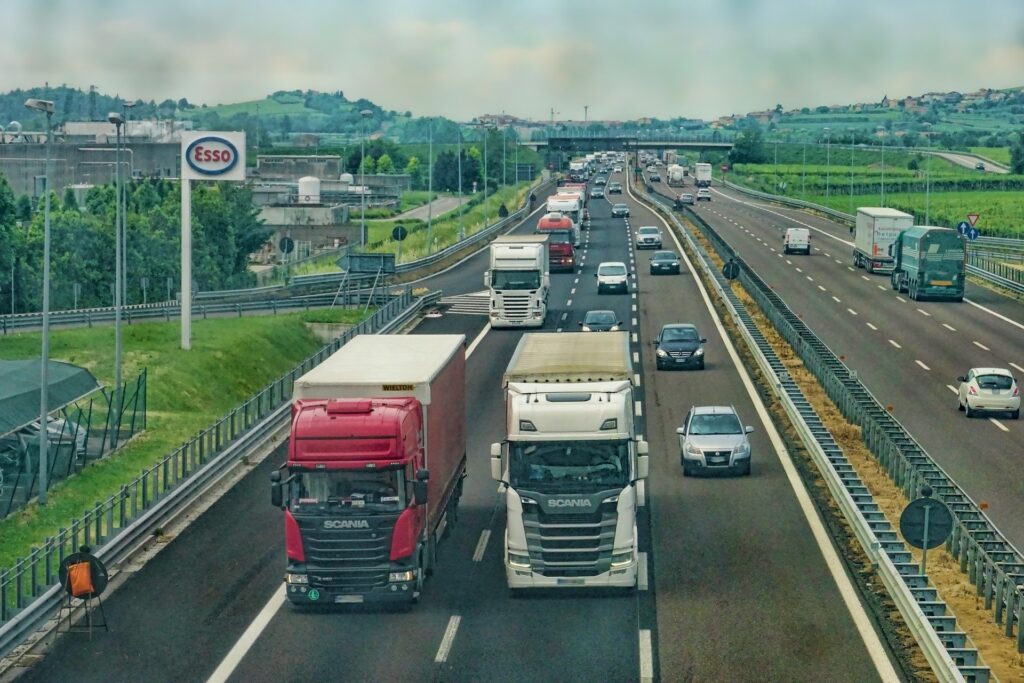Seed distribution has always been complicated. From order changes to breaking down pallets, getting the final order correct can be difficult. This led many companies to operate from a centralized distribution warehouse. The thought was that if all the seed is in one building, it can be centrally managed with as few moving parts as possible.
This worked with pre-COVID trucking costs and pre-Amazon expectations. Trucking seed to and from farmers a long distance from that central site made sense when comparing company overhead expenses to trucking costs. This equation has flipped since COVID. Trucking costs and availability are now a main driver of seed companies looking at new ways to get seed to farmers. It’s especially noticed when analyzing seed returns and the cost to collect empty bulk boxes.
Amazon has also changed everyone’s expectations, including farmers, with one and two day shipping. Centralized distribution works well for sales within a three-hour radius of that location. This way, trucks can make a full round trip in one day. But farmers in satellite sales areas expect the same responsiveness that those in the home territory do. Companies have had to adapt to the “Amazon mentality” farmers’ now have for seed shipments. Further complicating this is that farmers are waiting longer than ever to take seed delivery, yet still expect to have it exactly when they need it. This becomes increasingly difficult the farther a farmer is from the distribution hub. Seed companies need to be able to give the same quick-response delivery service to their farmer customers, regardless of their distance from the headquarters.
These are the main factors driving companies to contract distribution services with Gro Alliance. By utilizing our warehouse locations and seed handling expertise, companies can replicate that “home territory” experience no matter where they sell seed and greatly reduce trucking costs.
Seed distribution is one of the most important experiences a farmer has with a seed brand. When it arrives on the truck, it’s the first time the seed is purchase is seen. And, when the seed goes to the planter, it’s the last time the seed is seen. Entrusting that experience to a third-party is a big decision. When done with the right partner, it can be the catalyst to expanding your brand experience to new geographies, grow sales in the current satellite sales territories and do it all at a lower cost per unit than from one, central warehouse.







